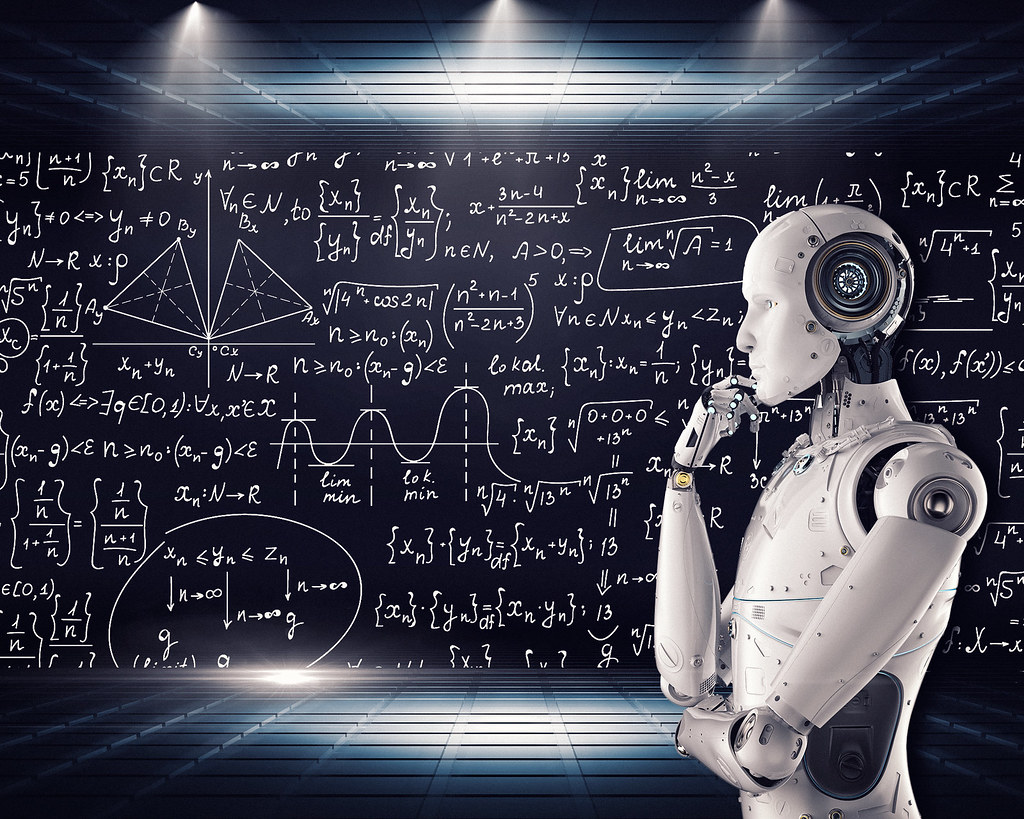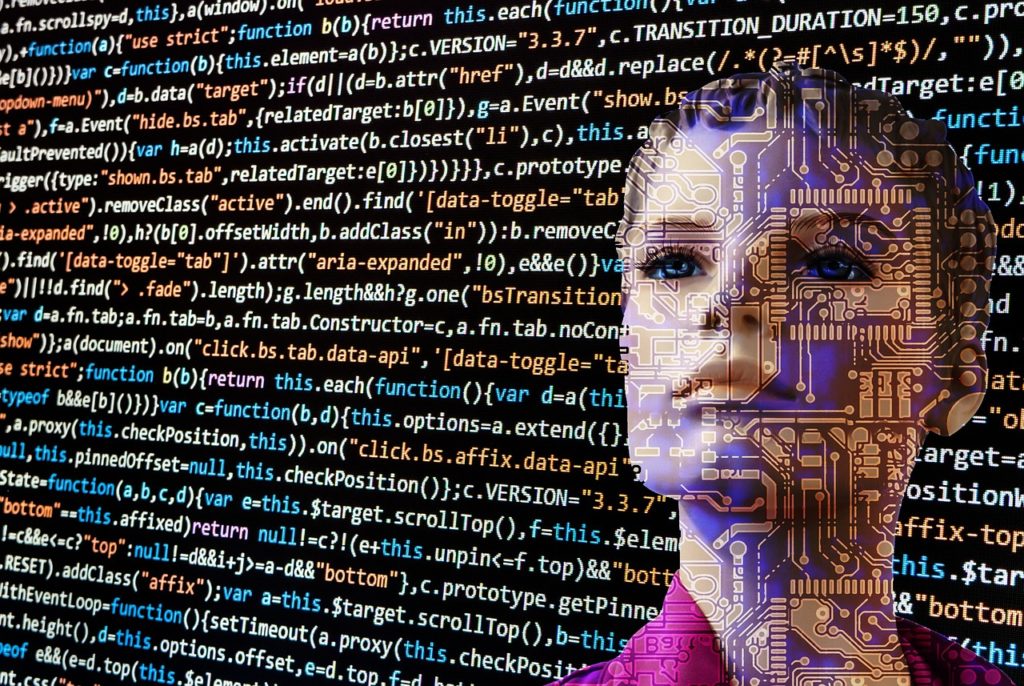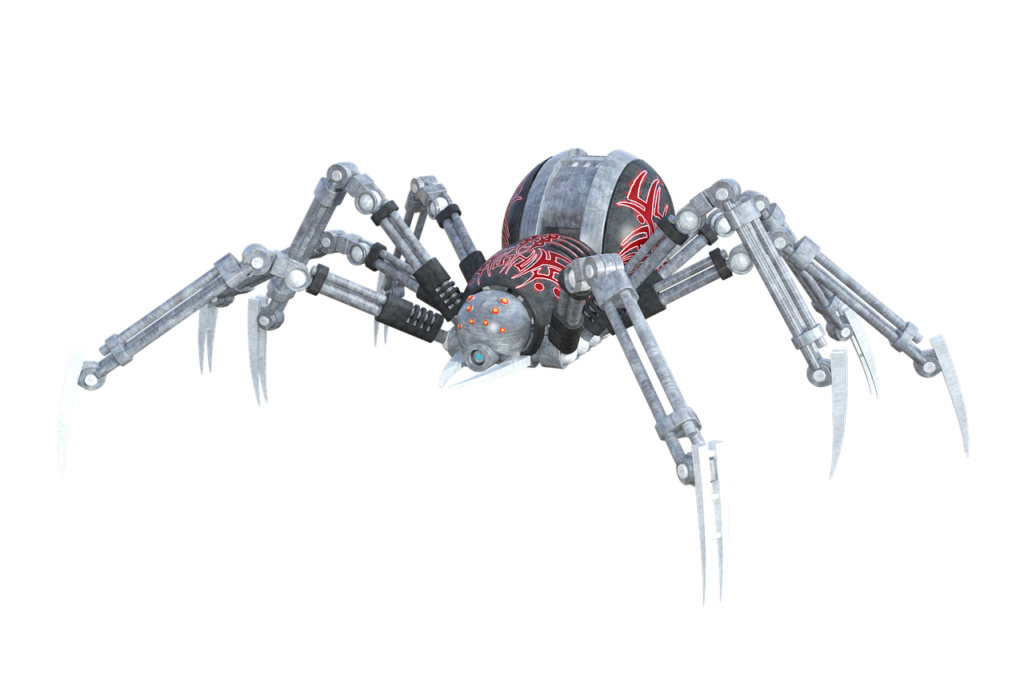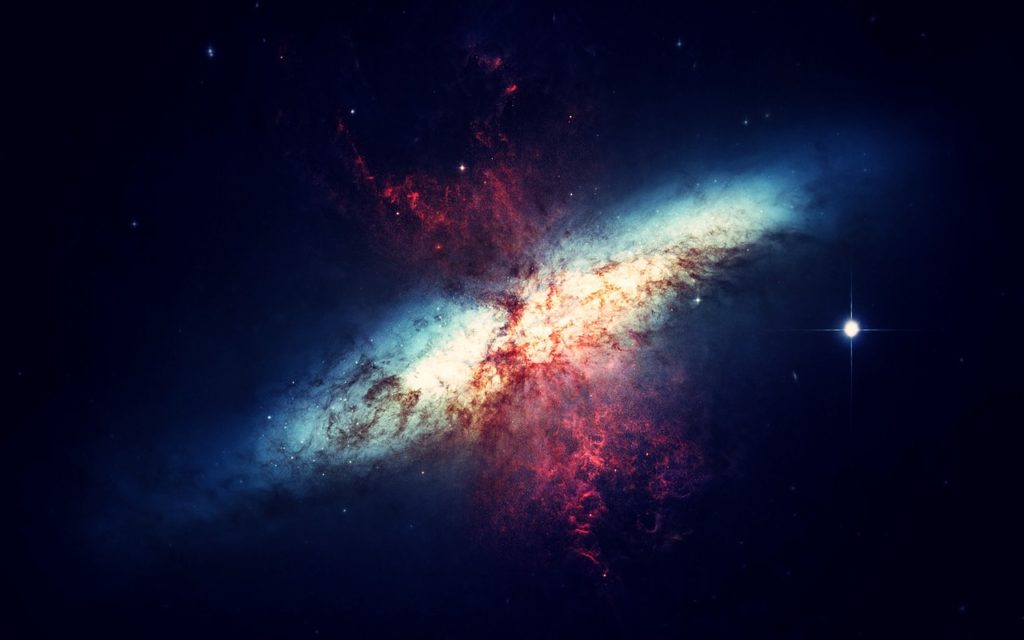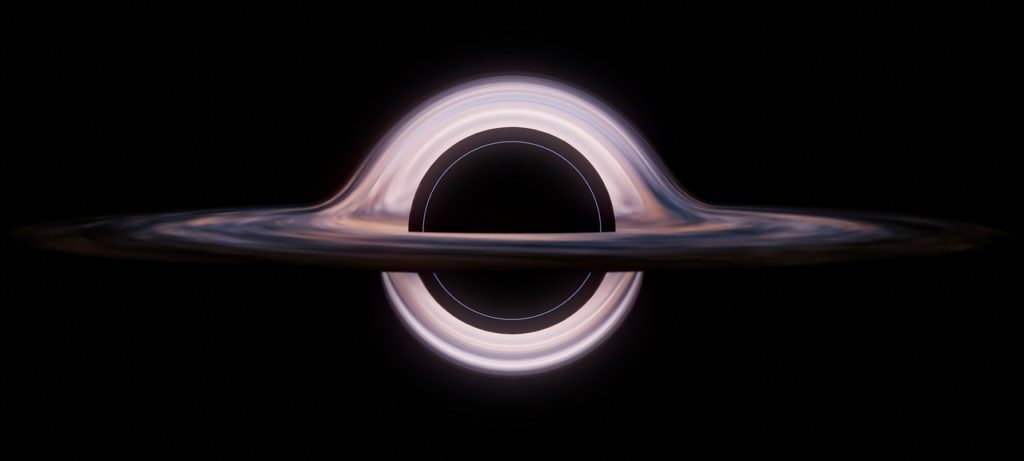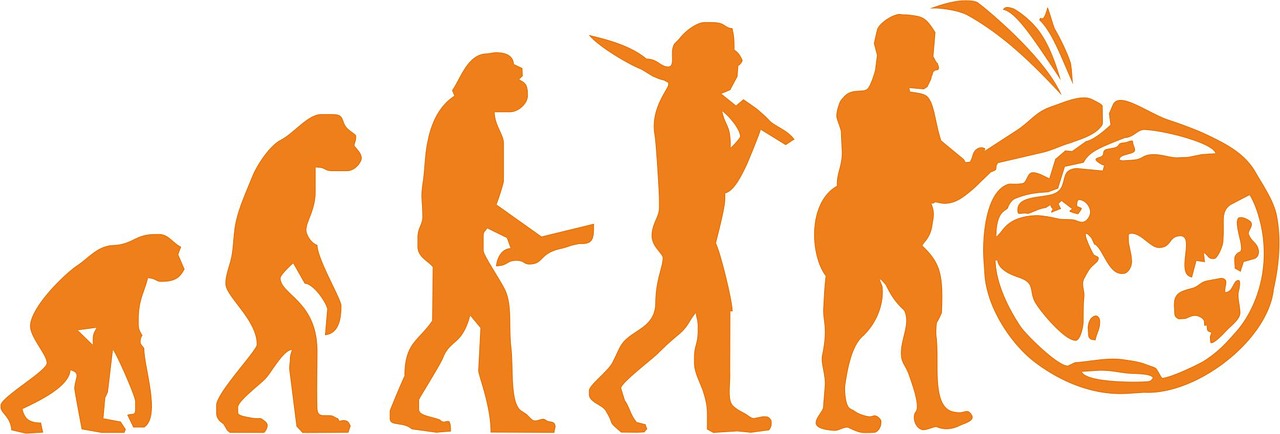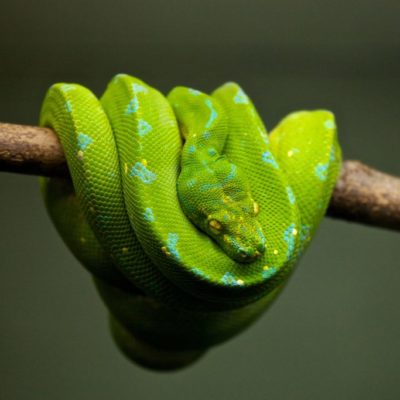Curated list of 10 Children’s Books to Read in a Lifetime from a great selection at Books Stores.
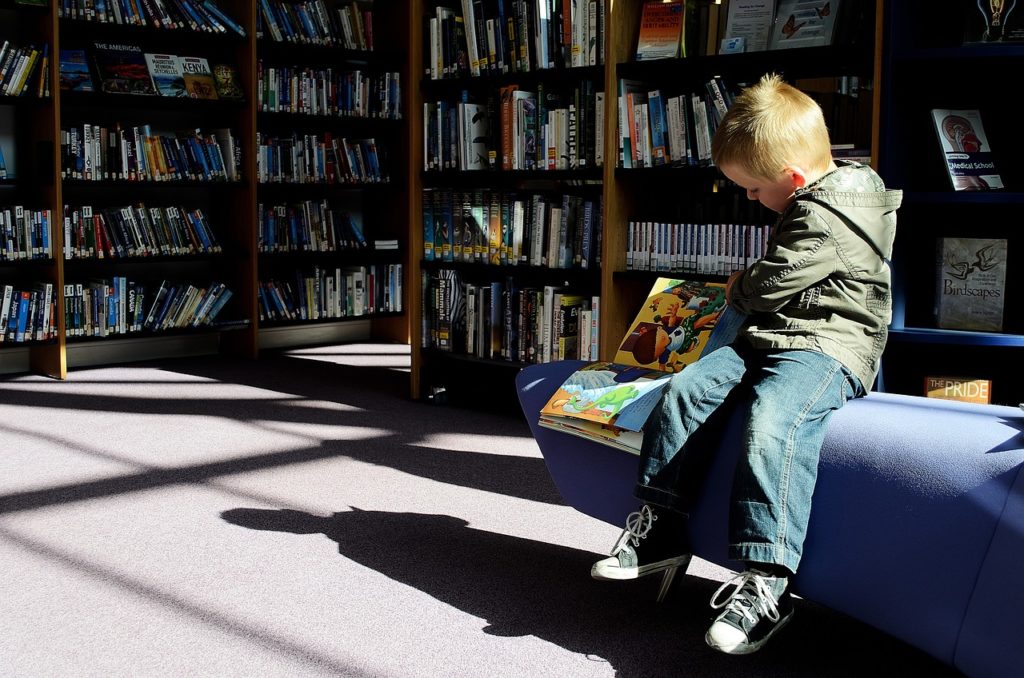
As a dedicated and loving mother, I wanted to create a unique and memorable experience for my children through literature. With this in mind, I handpicked and curated a list of 100 must-read children’s books to share with my little ones during their formative years. This carefully chosen collection encompasses a diverse range of genres, themes, and cultures to instill a sense of curiosity, empathy, and knowledge in my children. Each book has been thoughtfully selected based on its ability to inspire imagination, provoke thought, and encourage a love for reading that will last a lifetime. Through these stories, my children will be able to explore different worlds, meet interesting characters, and learn invaluable life lessons that will help shape their personal growth and development. As we journey together through the pages of these treasured tales, I am confident that the bond we share and the memories we create will become an irreplaceable part of our family’s legacy.
1. A Wrinkle in Time
“A Wrinkle in Time,” the first book in the captivating A Wrinkle in Time Quintet by Madeleine L’Engle, is a science fiction classic that has had a profound impact on my children’s lives, and I wholeheartedly recommend it to other young readers. The story follows the courageous journey of Meg Murry, her younger brother Charles Wallace, and their friend Calvin O’Keefe as they travel through space and time to rescue Meg’s father, a brilliant scientist, from an evil force.
This captivating tale not only provides an engaging and imaginative story, but also teaches essential life lessons about resilience, the power of love, and the importance of accepting our own unique qualities. As my children read this book, they were inspired by the strong and relatable characters, who showed them that even in the face of adversity, it is possible to overcome challenges and achieve greatness.
The themes of friendship, family, and self-discovery resonated deeply with my children, helping them to develop empathy and a greater understanding of themselves and the world around them. Furthermore, the novel’s richly woven narrative encourages curiosity and an appreciation for the wonders of science and the universe, sparking their interest in learning more about the world beyond our own planet.
In conclusion, I highly recommend “A Wrinkle in Time” as a must-read for young readers, not only for its engaging story and memorable characters but also for the profound impact it can have on a child’s personal growth and understanding of the world around them.
2. The Classic Treasury of Aesop’s Fables
“The Classic Treasury of Aesop’s Fables” is a timeless collection of stories that I wholeheartedly recommend to parents and their children. These fables have been passed down through generations, each tale offering valuable life lessons and morals that are as relevant today as they were in ancient times. I have seen firsthand how this collection of stories has positively influenced my children, helping them develop essential character traits and a deep understanding of human nature.
One of the reasons I recommend this treasury is that Aesop’s Fables are not only enjoyable and engaging stories but also teach essential morals and values. Each fable is concise, making them perfect for reading aloud and sparking conversations about the lessons they convey. As my children absorbed these tales, they began to understand concepts such as honesty, kindness, perseverance, and humility, which are vital in navigating life’s challenges.
Another remarkable aspect of “The Classic Treasury of Aesop’s Fables” is its ability to captivate children’s imaginations through the vivid and colorful illustrations that accompany each story. These images bring the stories to life and help children better visualize and understand the events and characters within the fables. As my children read these stories, they became more attentive listeners, more engaged readers, and more curious about the world around them.
In conclusion, “The Classic Treasury of Aesop’s Fables” is a must-have addition to any family’s library, not only for the entertaining and thought-provoking stories but also for the invaluable life lessons it imparts. Through these timeless tales, my children have developed a strong foundation of values, empathy, and critical thinking, all of which will serve them well throughout their lives.
3. Alexander and the Terrible, Horrible, No Good, Very Bad Day
“Alexander and the Terrible, Horrible, No Good, Very Bad Day” is a delightful and relatable children’s book that I highly recommend for families. Written by Judith Viorst and illustrated by Ray Cruz, this classic story follows Alexander, a young boy who experiences a series of unfortunate events throughout his day. As a parent, I find this book to be an excellent tool for teaching my children about empathy, resilience, and emotional regulation.
One of the reasons I recommend this book is because it provides a platform for discussing emotions and challenging days with my children. As they read about Alexander’s misadventures, they learn that everyone has difficult days, and it is essential to understand and accept these experiences as a part of life. This story has opened up opportunities for my kids to share their feelings and reflect on their own “terrible, horrible, no good, very bad days.”
Another significant aspect of this book is the lesson on resilience it offers. Through Alexander’s story, my children have learned the importance of bouncing back after a rough day and not allowing negative experiences to dictate their overall outlook on life. The story emphasizes that bad days are temporary, and brighter days are just around the corner.
Furthermore, “Alexander and the Terrible, Horrible, No Good, Very Bad Day” is filled with humor and relatability, making it enjoyable for both children and parents. The illustrations by Ray Cruz complement the story perfectly, capturing the emotions and events with charm and wit.
In conclusion, I wholeheartedly recommend “Alexander and the Terrible, Horrible, No Good, Very Bad Day” for its engaging narrative, valuable life lessons, and the opportunity it provides for open and honest discussions with my children. It has positively influenced my kids by teaching them the importance of resilience, empathy, and emotional expression in their lives.
4. Alice’s Adventures in Wonderland & Through the Looking-Glass
“Alice’s Adventures in Wonderland & Through the Looking-Glass,” written by Lewis Carroll, is a timeless classic that has captured the hearts and imaginations of readers for generations. As a parent, I highly recommend these enchanting tales for their vivid imagery, whimsical characters, and thought-provoking themes. These stories have had a profound influence on my children, fostering their creativity, curiosity, and love for reading.
One reason I recommend “Alice’s Adventures in Wonderland” and “Through the Looking-Glass” is the way they spark imagination and inspire creativity. The fantastical elements of the stories, such as talking animals, riddles, and bizarre characters, have encouraged my children to delve into their own creative worlds and explore the limits of their imaginations. These books have shown them that there are no boundaries to what they can dream up, fostering their sense of wonder and curiosity.
Another aspect of these stories that has positively influenced my children is the theme of personal growth and self-discovery. As Alice navigates the unpredictable and often nonsensical realms of Wonderland and the Looking-Glass world, she learns valuable lessons about her identity, courage, and adaptability. My children have been able to relate to Alice’s journey, recognizing that they too must face challenges and adapt to new situations as they grow and develop.
In addition, the clever wordplay, riddles, and logic puzzles sprinkled throughout these tales have stimulated my children’s critical thinking skills and love for language. They have become more engaged readers, eager to decipher the meanings behind Carroll’s playful prose and make connections to their own lives.
In conclusion, I wholeheartedly recommend “Alice’s Adventures in Wonderland & Through the Looking-Glass” for their ability to ignite imagination, inspire personal growth, and foster a love of reading. These beloved stories have had a profound impact on my children, encouraging their creativity, curiosity, and critical thinking skills, and I believe they will continue to do so for generations to come.
5. Amelia Bedelia
“Amelia Bedelia,” written by Peggy Parish, is a delightful children’s book that has entertained and educated young readers for decades. As a mother, I highly recommend this charming story for its unique blend of humor, wordplay, and important life lessons. The adventures of the lovable, literal-minded Amelia Bedelia have not only brought laughter to my home but have also influenced my children in several meaningful ways.
One reason I recommend “Amelia Bedelia” is its clever use of humor and wordplay. The story revolves around Amelia Bedelia, a housekeeper who takes every instruction she receives quite literally, leading to a series of hilarious misunderstandings. For example, when asked to “dust the furniture,” Amelia Bedelia covers everything in dust, rather than removing it. These amusing moments have not only made my children laugh but have also sparked their interest in language and the nuances of communication.
Furthermore, “Amelia Bedelia” teaches valuable lessons about empathy, patience, and understanding. As the story unfolds, Amelia’s employers learn to appreciate her unique way of thinking and her kind-hearted nature. This has taught my children the importance of accepting and celebrating the differences in others, even when they may not fully understand them. By reading about Amelia’s adventures, my kids have developed greater empathy and open-mindedness towards those who may approach life differently than they do.
Another aspect of “Amelia Bedelia” that has positively influenced my children is its emphasis on resilience and problem-solving. Despite her numerous mistakes, Amelia Bedelia remains optimistic, resourceful, and determined to succeed. Her can-do attitude and perseverance in the face of adversity have inspired my children to approach challenges with a similar mindset, fostering their own resilience and problem-solving abilities.
In conclusion, I wholeheartedly recommend “Amelia Bedelia” for its entertaining and educational content. The story’s humor, valuable life lessons, and focus on resilience have had a lasting impact on my children, encouraging them to embrace the complexities of language, develop empathy, and cultivate a never-give-up attitude.
